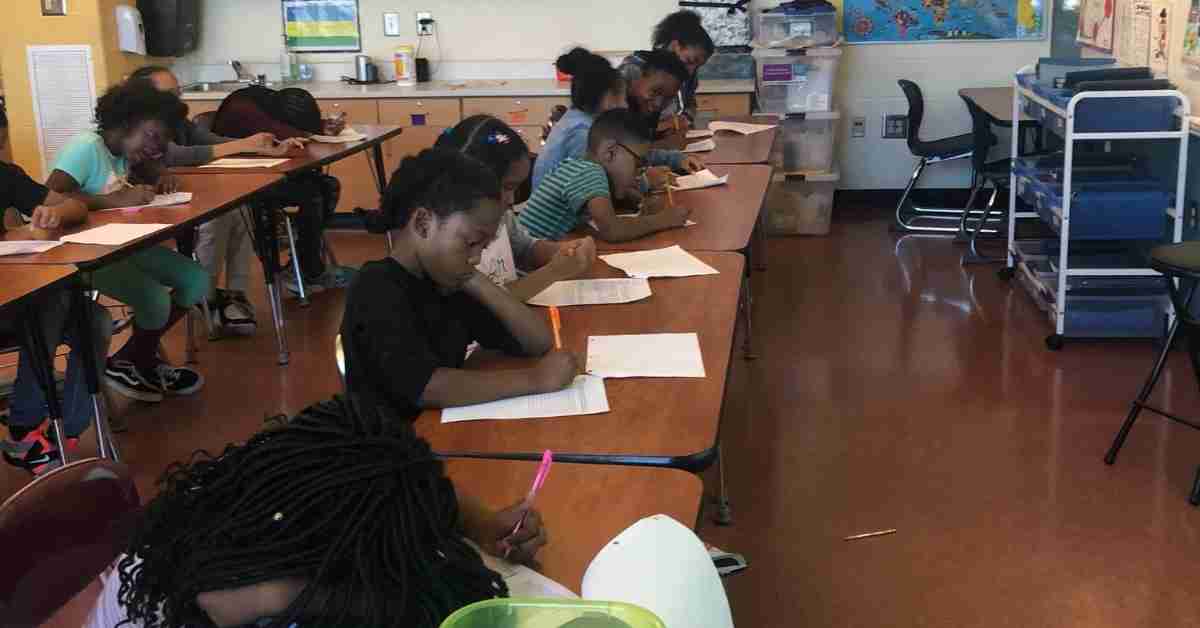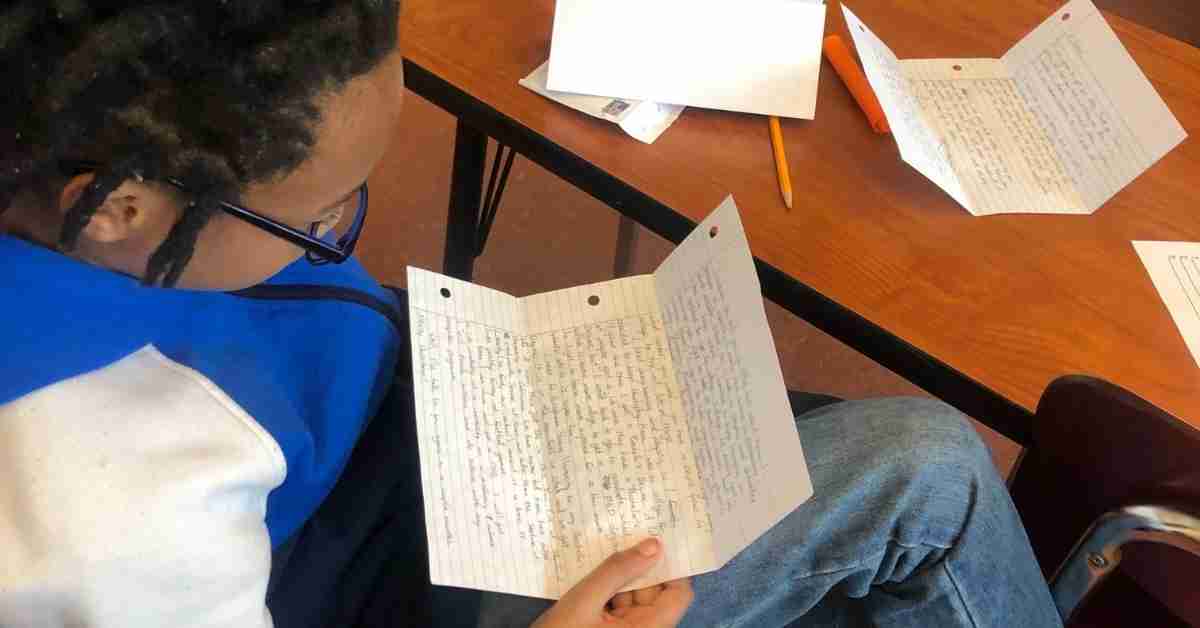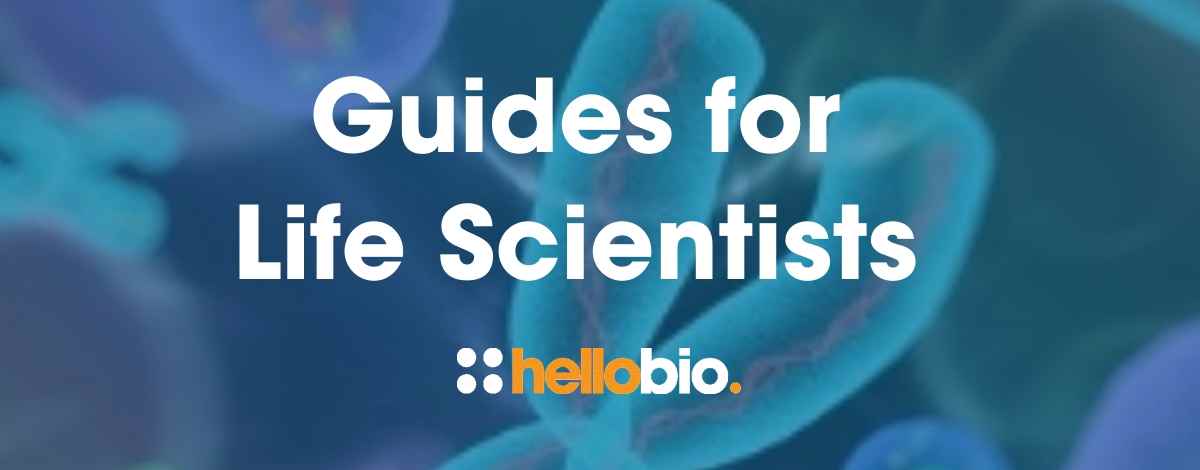Letters To A Pre-Scientist: Inspiring The Next Generation Of Scientists
Letters to a Pre-Scientist was founded with the mission of connecting young students with STEM pen pals to show them what it means to be a scientist, demystify careers in science, and inspire curiosity about a future in STEM.
Their pen pal programme pairs fifth to tenth grade students – or “pre-scientists” – from low-income communities in the US with STEM professional volunteers. Each student is matched with a different professional, with many students exchanging letters with a pen pal who doesn’t fit their stereotypical image of what a scientist looks like. Throughout the school year, letters will discuss topics such as higher education, STEM careers, and overcoming challenges or obstacles.
The goal of the programme is to broaden students’ awareness of who STEM professionals are and what they do at work. After all, students can’t aspire to careers they don’t know exist. Throughout the year, STEM professionals transform from figures in textbooks and characters in movies into actual people students can aspire to be like.
We first heard about this fantastic programme from Dr Chloe Thomas and wanted to know more. In this blog, we hear from a teacher who has experienced first-hand the difference that the Letters to a Pre-Scientist programme makes to her students.
Inspiring Future Scientists: A Teacher’s Perspective
My name is Julie Wojnar, and I am currently a fifth-grade science teacher at Chardon Hills Magnet School in Euclid, Ohio, US which is east of Cleveland. This is my twenty-first year of teaching and my fifth year facilitating the Letters to a Pre-Scientist in my classroom.
Most of my years in education have been spent teaching science. My goal in teaching science to fifth-graders has always been to engage my students and guide them to connect their classroom learning to the world around them.
Fifth-graders frequently want to know why they need to learn something before they “buy into” the learning. Until I brought Letters to a Pre-Scientist into my classroom, I feel that for many of the students I taught, science was something they learned and many enjoyed – but they did not connect or relate what they learned in the classroom to their lives outside of school. In addition, they didn’t see how what they were learning in science class could help them in a future career.
Many of my students did not know about all of the careers in science and STEM that are out there and could be in their future, let alone consider that maybe a STEM career could be their future.
When I think about my own experience of science as an adolescent, I truly loved all of my science classes (except for physics, which I was mostly confused in!) and was continuously engaged in the learning process in these classes. However, if anyone had asked me how my learning in science classes related to my everyday life outside school, I doubt I would have known how to answer the question.
Additionally, I did not personally know any scientists. To me, they were super-intelligent people in white lab coats that did important research in a lab, which was completely far removed from my life. ‘Scientist’ was a career that other people pursued... just not anyone that I knew.
Looking back, if I’d had the opportunity to participate in a program like Letters to a Pre-Scientist, I believe with certainty that I would have pursued a career in biology or ecology.
When I joined Letters to a Pre-Scientist and began to implement the program in my classroom, there was a shift in the connections my students began to make when learning science and participating in STEM activities and projects. For example, when exchanging letters with their STEM professionals they began to notice that what they were learning and doing in the classroom directly connected to some of the same things their penpals did in their careers every day.
This authentic learning that every educator seeks to develop in their classrooms happens naturally throughout the school year with my students’ participation and engagement in Letters to a Pre-Scientist.
As my students got to know their Letters to a Pre-Scientist pen pals through letter-writing, they came to know them not just as scientists or STEM professionals, but as “regular” people too. They learned that just like them, their pen pals have had to overcome obstacles or challenges in their lives. They learn about their pen pals’ college and training experiences, and how they got to where they are today.
My students’ scientist pen pals actively seek to make connections in their letters to my students that relate to both their lives and what we are learning in the classroom. Letters to a Pre-Scientist has become a vital part of my science curriculum, and my students have numerous opportunities to engage with STEM professionals all year long and see what is possible for them in their futures.
I am thrilled to begin my fifth year with Letters to a Pre-Scientist, and I am excited to have our STEM professionals continue to help foster the potential and curiosity of my students this school year.
Supporting Letters To A Pre-Scientist
Letters to a Pre-Scientist hopes to reach more students who will benefit from the programme every year. They offer the program free to schools and only work in low-income communities.
If you want to get involved, you can apply to become a pen pal in 2021. Alternatively, you can support the programme by making a contribution to help them grow. A $60 donation will support one student’s participation in a year-long program – and more students means more STEM professionals like you who can participate.
Connect with Letters to a Pre-Scientist on Social Media here:
Twitter: @LettersPreSci
Facebook: facebook.com/prescientist
Instagram: @prescientist
_________________________________________________
If you enjoyed this article, why not check out the other resources available on our blog. We are passionate about supporting life scientists, early career life scientists and PhD students - with really low- priced reagents and biochemicals, early career scientist grants, and resources to help with both personal and professional development. We know how tough it is - so we hope you find these helpful!
Advice & guidance for life scientists
Click below to view our essential guides and articles to support life scientists, PhD students & early career life scientists:
Wellbeing for scientists
Click below for our resources to help improve your wellbeing:
Technical resources
Try our Molarity Calculator: a quick and easy way to calculate the mass, volume or concentration required for making a solution.
Try our Dilution Calculator: an easy way to work out how to dilute stock solutions of known concentrations
And - when you get to the stage of planning your experiments, don't forget that we offer a range of agonists, antagonists, inhibitors, activators, antibodies and fluorescent tools at up to half the price of other suppliers - click below to see how we compare with other suppliers:




















